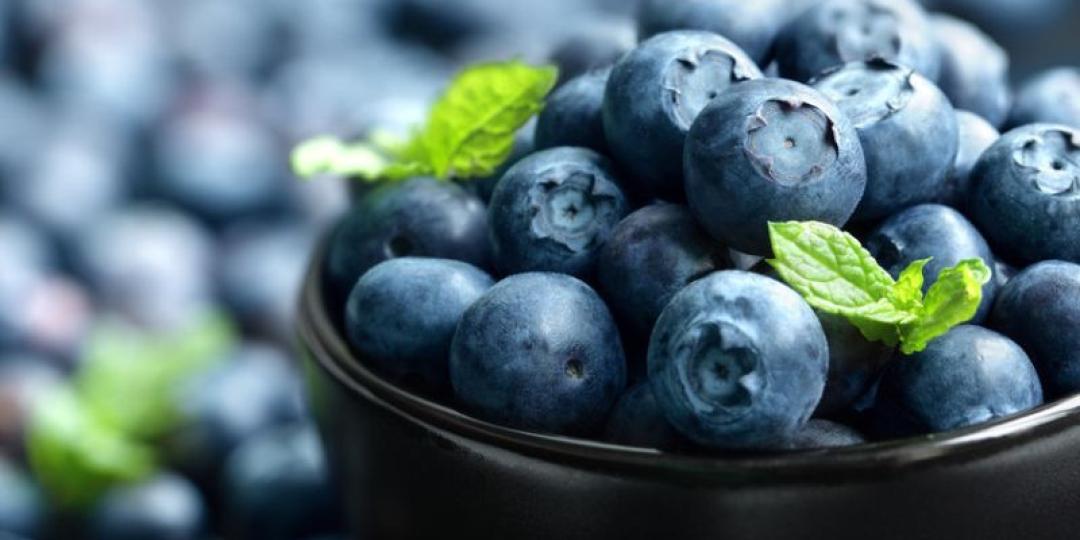South Africa’s blueberry industry is on an upward trajectory according to a recent edition of Absa’s agribusiness outlook.
The report reveals that while initial industry estimates projected area growth to 2016 hectares during 2022, growth had come at a much faster pace than was expected with 1640 hectares already planted in 2017/18. It’s now projected that 2500 hectares will be planted by the end of 2019.
“There is certainly room for expansion, with on average a minimum of 500 additional hectares of blueberries expected to be planted every year,” the report reveals. “These additional plantings are expected to lead to steady increases in production growth in the years to come.”
South African Berry Producers’ Association coordinator, Elzette Schutte, told FTW Online that production growth had also been driven by global demand for blueberries which is increasing by 30% annually.
She noted that the domestic industry was largely export-oriented, which meant that the significant growth in production would result in significant growth in exports as well.
Schutte said that the largest export markets for local blueberries were the UK, Europe (largely the Netherlands), the Middle and the Far East.
“South Africa, as a whole, produces very good quality fruit and international markets are aware of that,” she added. “We are hoping that due to our varieties and climate we can ensure better blueberry fruit than our competitors in South America.”
The Western Cape Province is the leading blueberry-producing area in South Africa, accounting for at least 60% of the production, followed by Limpopo (15%), North West (10%), Gauteng (8%), Eastern Cape (4%), Free State (2%) and Mpumalanga (1%).
The United States Department of Agriculture (USDA) said that the growth was largely due to rapidly growing domestic and international investment in the sector, despite it being much smaller relative to the country’s other fruit industries such as citrus, apples, pears and table grapes.
Since blueberry plants took up to two to three years to start producing fruits of export quality and about 50% of local orchards were 0 to 2 years old, significant growth in production should be expected in the next two years, they added.













